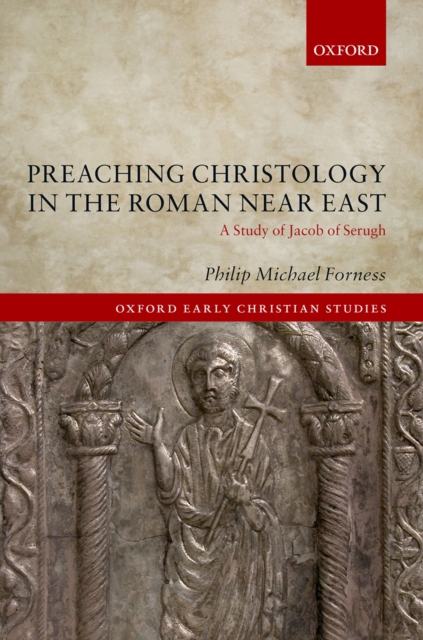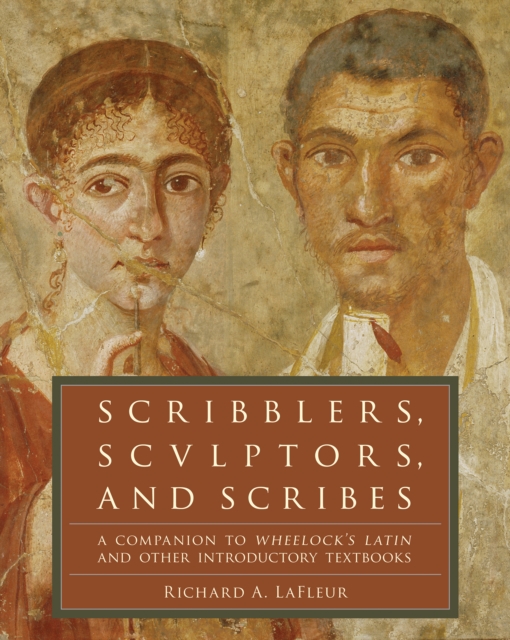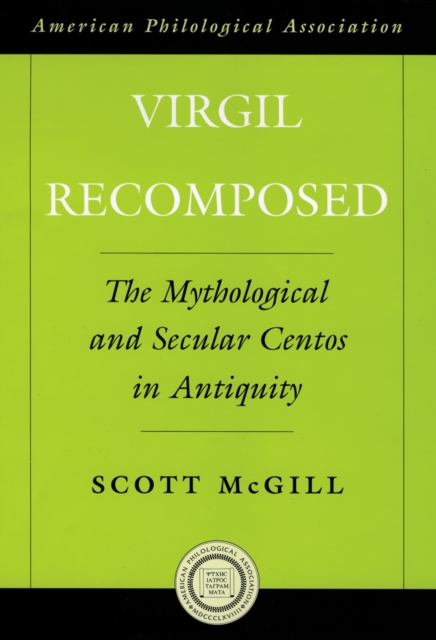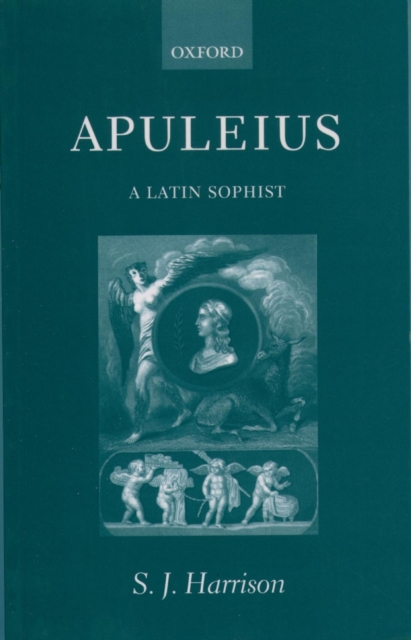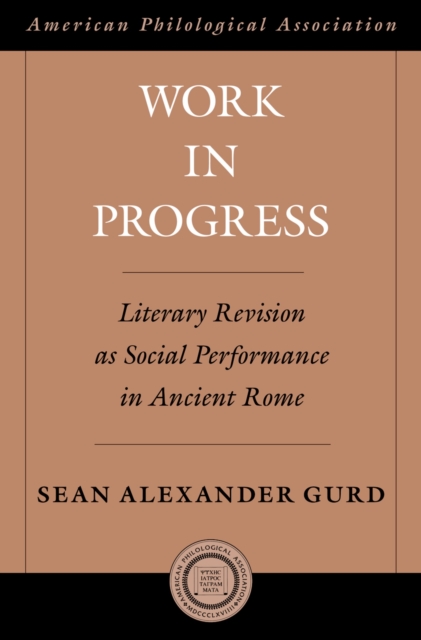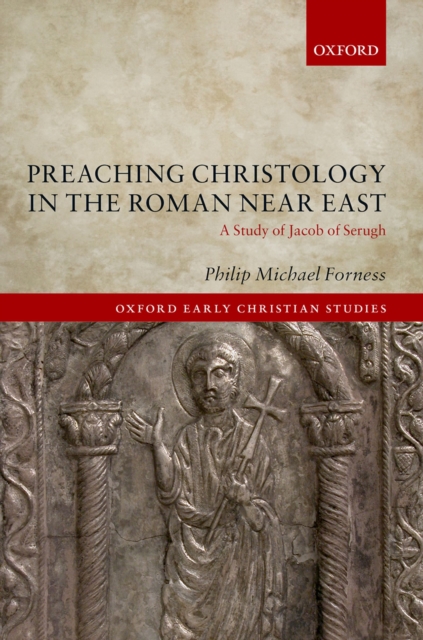Preaching formed one of the primary, regular avenues of communication between ecclesiastical elites and a wide range of society. Clergy used homilies to spread knowledge of complex theological debates prevalent in late antique Christian discourse. Some sermons even offer glimpses into the locations in which communities gathered to hear orators preach. Although homilies survive in greater number than most other types of literature, most do not specify the setting oftheir initial delivery, dating, and authorship. Preaching Christology in the Roman Near East addresses how we can best contextualize sermons devoid of such information. The first chapter develops a methodology for approaching homilies that draws on a broader understanding of audience as both thephysical audience and the readership of sermons. The remaining chapters offer a case study on the renowned Syriac preacher Jacob of Serugh (c. 451-521) whose metrical homilies form one of the largest sermon collections in any language from late antiquity. His letters connect him to a previously little-known Christological debate over the language of the miracles and sufferings of Christ through his correspondence with a monastery, a Roman military officer, and a Christian community in SouthArabia. He uses this language in homilies on the Council of Chalcedon, on Christian doctrine, and on biblical exegesis. An analysis of these sermons demonstrates that he communicated miaphysite Christology to both elite reading communities as well as ordinary audiences. Philip Michael Forness provides anew methodology for working with late antique sermons and discloses the range of society that received complex theological teachings through preaching.
Get Preaching Christology in the Roman Near East by at the best price and quality guranteed only at Werezi Africa largest book ecommerce store. The book was published by and it has pages. Enjoy Shopping Best Offers & Deals on books Online from Werezi - Receive at your doorstep - Fast Delivery - Secure mode of Payment
Digital Rights Management (DRM)
The publisher has supplied this book in encrypted form, which means that you need to install free software in order to unlock and read it.
Required software
To read this ebook on a mobile device (phone or tablet) you'll need to install one of these free apps:
To download and read this eBook on a PC or Mac:
-
Adobe Digital Editions
(This is a free app specially developed for eBooks. It's not the same as Adobe Reader, which you probably already have on your computer.)
 Jacket, Women
Jacket, Women
 Woolend Jacket
Woolend Jacket
 Western denim
Western denim
 Mini Dresss
Mini Dresss
 Jacket, Women
Jacket, Women
 Woolend Jacket
Woolend Jacket
 Western denim
Western denim
 Mini Dresss
Mini Dresss
 Jacket, Women
Jacket, Women
 Woolend Jacket
Woolend Jacket
 Western denim
Western denim
 Mini Dresss
Mini Dresss
 Jacket, Women
Jacket, Women
 Woolend Jacket
Woolend Jacket
 Western denim
Western denim
 Mini Dresss
Mini Dresss
 Jacket, Women
Jacket, Women
 Woolend Jacket
Woolend Jacket
 Western denim
Western denim
 Mini Dresss
Mini Dresss



